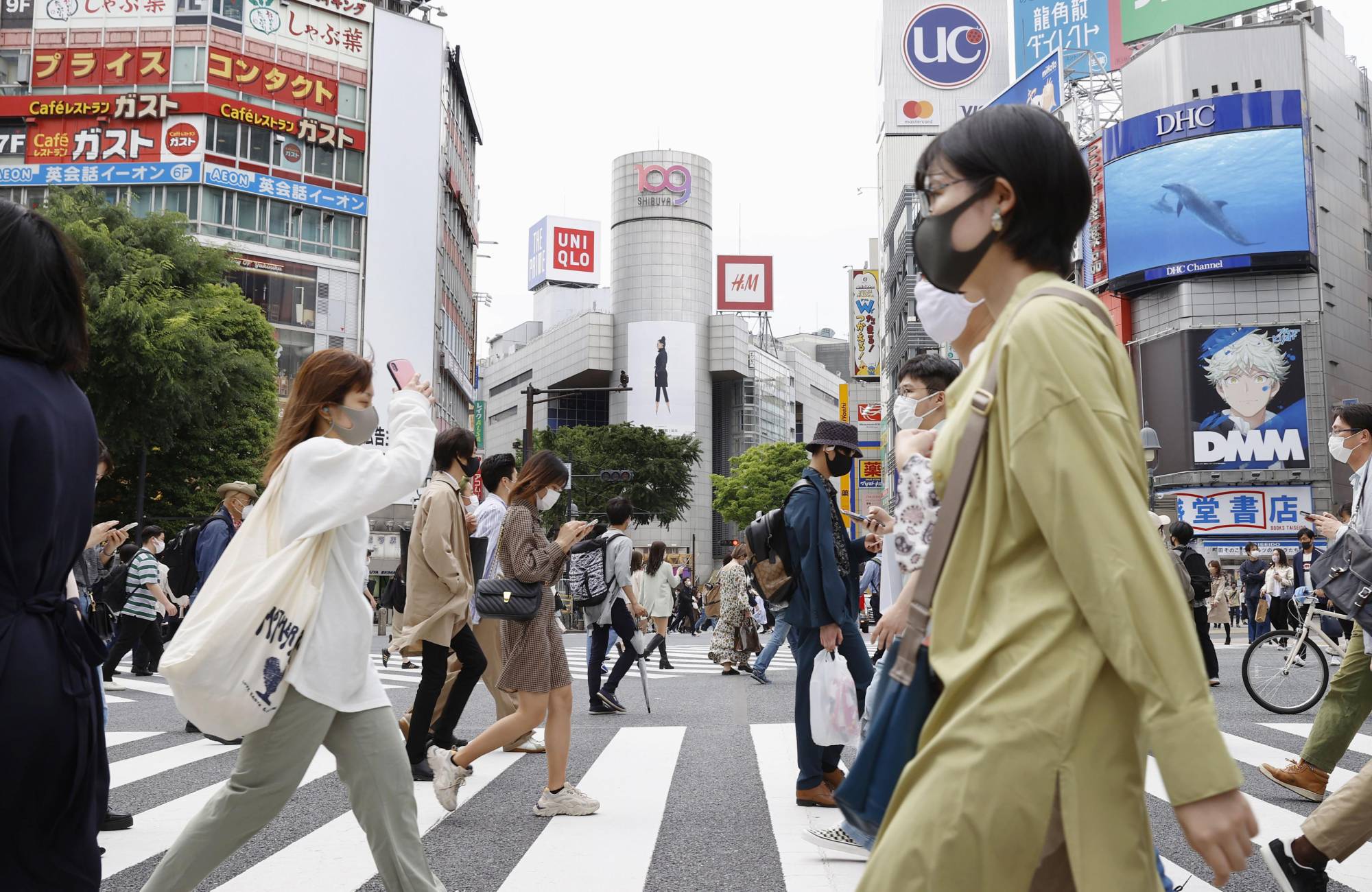
Vocabulary
- desired /dih-ZAHYUHRD/
- interest rate /IN-ter-ist reyt/
- equity /EK-wi-tee/
- exceed /ik-SEED/
- rein in /reyn in/
[adjective] – that is wanted
Training is the process of achieving a desired habit, skill level, or physical ability.
[noun] – the interest percent that a bank or other financial company charges you when you borrow money, or the interest percent it pays you when you keep money in an account
We’ve been given a loan by the bank with a 6% interest rate.
[noun] – the value of a company, divided into many equal parts owned by the shareholders, or one of the equal parts into which the value of a company is divided
A 15% return on equity capital is necessary.
[verb] – to be greater than a number or amount, or to go past an allowed limit
Exceeding the recommended amount of medication is risky.
[phrasal verb] – to control something and stop it from increasing
Costs need to be reigned in for the upcoming fiscal year.
Article reading
Consumer prices represent what households actually pay for goods and services, whereas producer prices are a measure of inflation at the wholesale level. According to official data issued on Friday, January 20, inflation reached its highest level since 1981, exceeding the central bank’s 2% objective for the ninth consecutive month. Even after the price spike, Japan continues to enjoy one of the lowest inflation rates in the world. The country has defied the trend of the other G7 nations, which have steadily raised interest rates to rein in skyrocketing prices. In an effort to slow the rate of price increases, many experts anticipated that the central bank would begin to phase off its economic stimulus program.
Discussion Questions
- What are some of the biggest expenses in your day-to-day life?
- Have the increased costs caused you to change your spending habits? Please tell me more about it.
- How would you manage your expenses if the price rise continued?
- Does having a low-interest rate help consumers?
- How does Japan’s high yen value affect people’s everyday costs?
Summarization
Describe
- core
- sharply
- represent
- consecutive
- trend